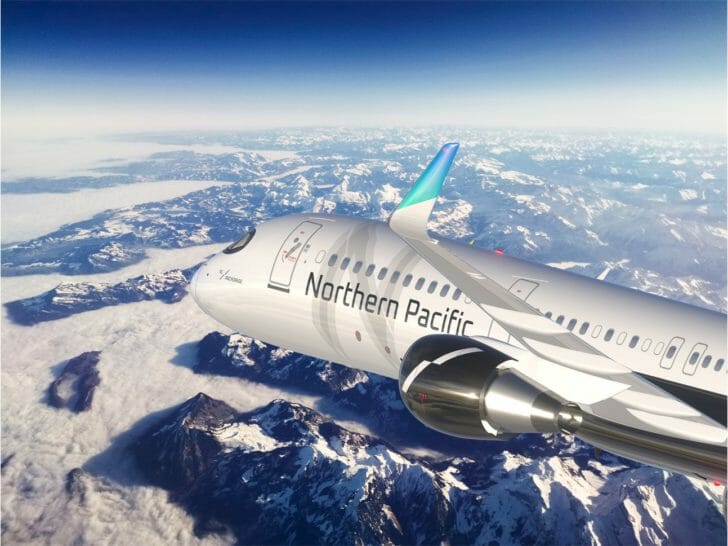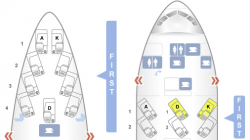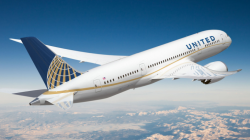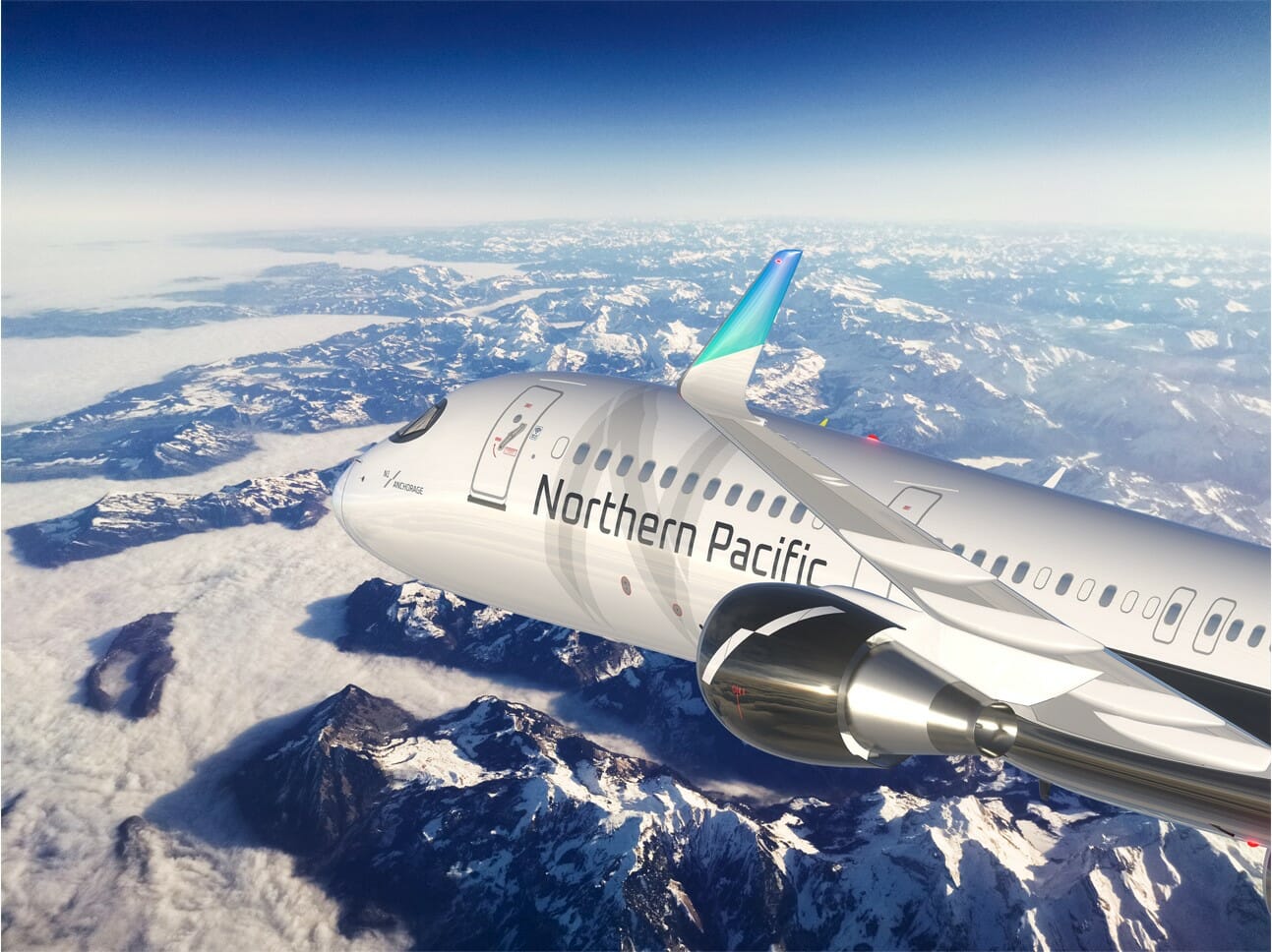Coming later this year, a new airline Northern Pacific Airways will initially connect five cities in the lower 48 to Japan and Korea. In a time of Covid and a challenging economy, the Northern Pacific business model just may succeed as a low-cost carrier to Asia. Here is how they plan on being successful during these challenging times. I was invited to the first aircraft rollout and I will share what I know this far. I will be writing a story update later on with specifics on inflight service, frequent flyer program and amenities.
The Airline Routes And Business Model
Northern Pacific Airways is using the same business model that has been successful for Icelandair. In the Icelandair model, the airline connects all passengers between North America and Europe through its hub at Keflavik Iceland (KEF) flying Boeing 757 aircraft. This business model could be duplicated going in the other direction.
Northern Pacific CEO, Rob McKinney was quite unabashed about taking the Icelandair business model lock, stock and barrel.
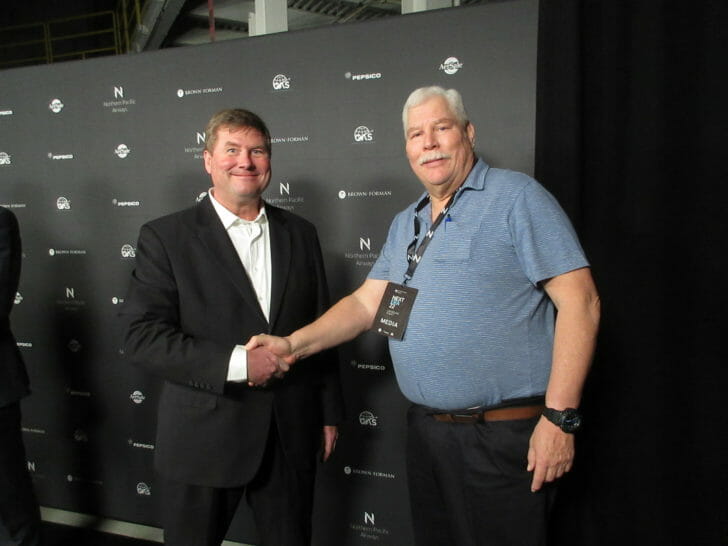
Here is where things get interesting. Northern Pacific is using the Icelandair route structure between North America and Asia by using an underutilized hub airport in a northern latitude. Flying long-haul to Asia would require a high load factor to become profitable. This is where the Northern Pacific model could work by feeding passengers from the lower 48 states to board Asia-bound flights from Anchorage. Their longest route would be from Anchorage to Seoul Korea at 3,770 miles.
Northern Pacific is initially looking to fly passengers from:
- San Francisco,
- Los Angeles,
- Las Vegas,
- New York and
- Orlando
with connections in Asia to:
- Toyko,
- Osaka,
- Nagoya and
- Seoul.
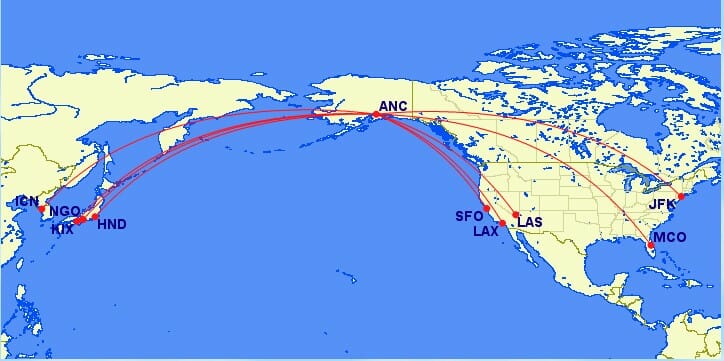
For future destinations, Northern Pacific could add cities in the central United States. This could offer a competitive advantage if Northern Pacific could reduce the travel time by taking two-stop routes into one-stop routes.
The Aircraft
Northern Pacific will begin service using Boeing 757-200 aircraft. The airline would be best served by flying Boeing 767-300ER aircraft between Anchorage and destinations in Asia. In the Icelandair model, 3,000-mile range flying easily gets the job done. The Boeing 757-200 has a maximum range of 4,500 while the Boeing 767-300ER has a range of 5,900. The narrow-body aircraft that could fly these routes would be the Airbus A321XLR with a range of 5,400 miles. The additional range would aid in weather or operational diversions where the 757-200 can’t.
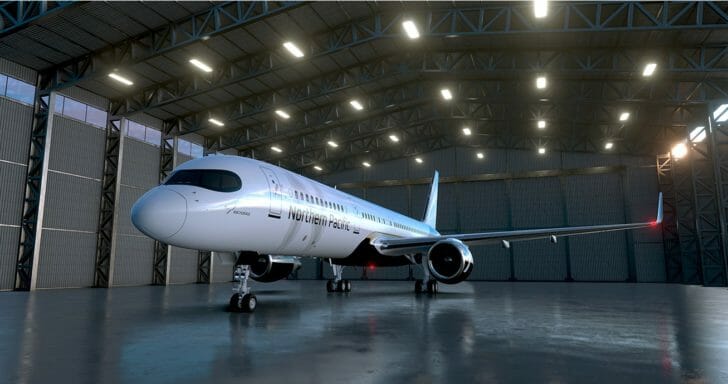
Distances from Anchorage to Asia are:
- Tokyo – 3,460 miles,
- Nagoya – 3,560 miles,
- Osaka – 3,670 miles and
- Soule – 3,770 miles.
As CEO Rob McKinney says:
“We look at the 757 as not ‘Mr right’ but ‘Mr right now’. We can acquire them sooner rather than later. And for us, we really think the timing is the play for this opportunity to maximize the post-COVID world. The 757 is not only readily available but they can make the stage length too.”
To this point, Mr. McKinney may be correct. The Airbus A321XLR is a new aircraft with a new aircraft price tag and deliveries out in the future. The problem with acquiring used Boeing 767-300 aircraft is that air freight is king right now. More airfreight operators including contractors flying for Amazon are snapping up the 767 aircraft which has also increased the cost of used 767 aircraft. There is no shortage of Boeing 757-200 aircraft on the resale market. Mr. McKinney did leave the door open to adding widebody aircraft in the future.
To reduce financial risk, Northern Pacific is leasing used American Airlines 757-200 aircraft from AerSale for the first six aircraft. Ship #1 is currently at San Bernardino Airport where it was painted in the new Northern Pacific livery, has undergone current service checks and is in the process of having a new interior installed. An additional five aircraft have been secured with AerSale. Northern Pacific wants to have at least 12 aircraft in place when operations begin.
Mr. McKinney went on to say:
“It’s from AerSale. They have a half a dozen airplanes that are ex American Airlines … We’re still in talks with several different other sources of airplanes to reach our target of 12 airplanes for the planned launch.”
The airline has selected Regent Aerospace Corporation for the 757 seats. Although Northern Pacific is a low-cost carrier, there will be a premium cabin. Regent is reconditioning the American Airlines seats with a black leather finish. The premium seats are Zodiac 6850 seats and the economy seating will use the Zodiac 5751 seats.
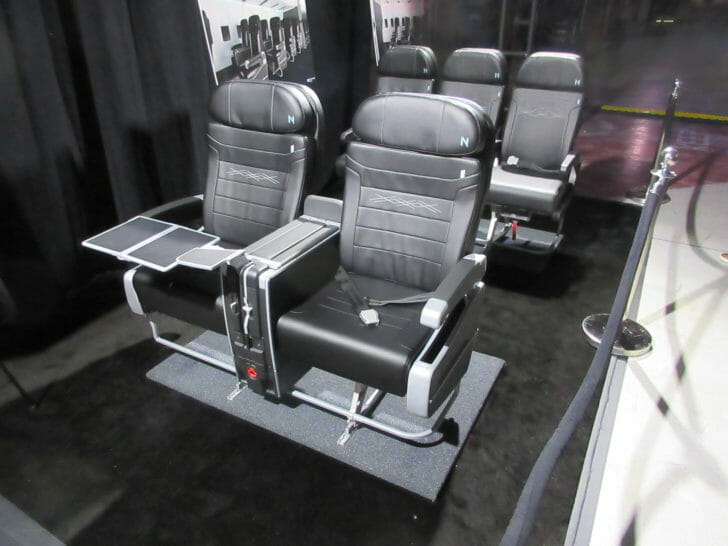
Onboard Service, Airport Lounge and Frequent Flyer Program
The story of Northern Pacific Airways is still in the early stages but I will tell you what is currently known. The inflight service as far as meals are concerned has not been determined. As for inflight entertainment, the airline will rely on a content server streaming to your own device.
Like Icelandair, Northern Pacific plans on offering a stopover option in Anchorage. Icelandair currently allows a free stopover of up to three days for economy and five days for business class passengers. Mr. McKinney plans to relaunch Ravn Alaska airlines with a fleet of Bombardier Dash-8 aircraft that can fly Northern Pacific passengers to regional destinations in Alaska.
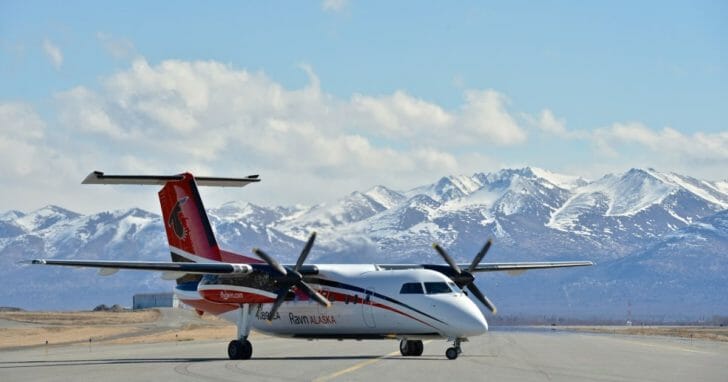
The airline will have a lounge in Anchorage which will feature an IMAX theater. It is not known at this time who will have access to the lounge. I can’t see having a lounge for a few premium class passengers so I would suspect that they will open the lounge to passengers that would pay a fee for entrance.
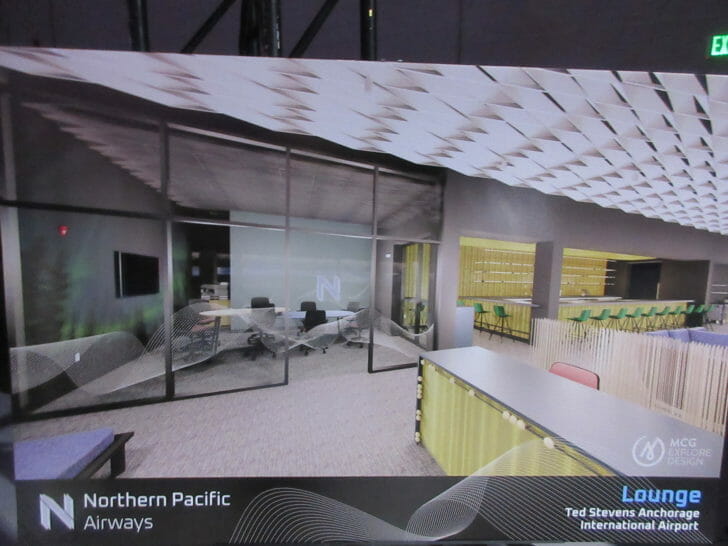
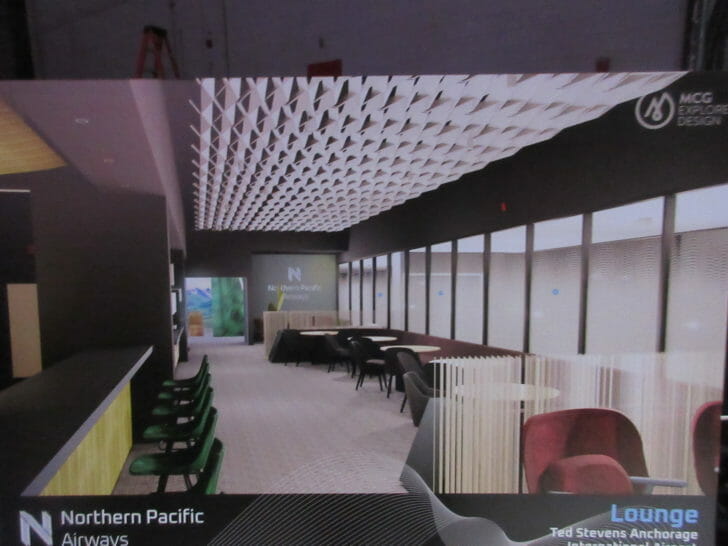
Northern Pacific will have a frequent flyer program called FlyCoin. Their program will be crypto-currency-based to be used for discounts for future travel. This would be the first in the airline industry to have a crypto-base loyalty program.
Final Thoughts
Starting a new airline in good times is a great challenge. Starting a new airline with Covid still lingering and uncertain economic times will take some doing. Fortunately for Northern Pacific, they have a successful business model that works for Icelandair. The challenge for the carrier is to have a high load factor (greater than 80%) between Anchorage and Asia. Feeding passengers from the lower 48 states to their sole hub in Anchorage may just work for them.
Competition in any market is a good thing. I wish Rob McKinney and his staff all of the best in this venture.
I will be reporting more about Northern Pacific later this year when they begin to move their aircraft to Anchorage and the inflight service options have been decided.

